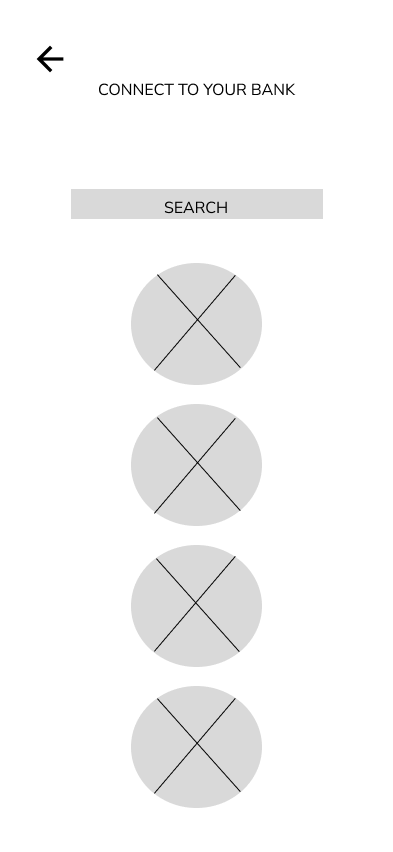Babble
Babble allows couples, friends and families to manage their finances all in one place. Babble takes the chaos out of money management.
Babble allows couples, friends and families to manage their finances all in one place. Babble takes the chaos out of money management.
Babble is an app that allows couples, friends and families to manage their finances as a team. The user can select their relationship type and Babble presents a user experience tailored to that partnership. Babble allows users to track expenses, create budgets and set savings goals. Many apps allow users to create financial roadmaps as individuals, but don’t allow users to join forces with others so that they can make financial plans collectively. This app is about planning in teams. Think of the newly married couple wanting to combine finances so that they can save for their first home or the college roommates wanting to take care of household expenses. Also consider the mother or father wanting to help their child manage their weekly allowance. Ultimately, this app makes the process of tracking money as a team, simpler.
Often times when people come together with common financial goals it can be difficult to keep everyone on the same page. With busy schedules, communication can be poor and the simplest of tasks can fall through the cracks. This can happen with one person tracking their individual account, but imagine that problem amplified when a wife tries to create a budget with her husband or roommates try to pay household expenses. Babble aims to make managing your finances with another person or people easier by allowing users to organize and have every aspect of their finances under one umbrella. All accounts can be looped into the Babble app and an overall financial plan can be put into place.
There are many money managing apps on the market, whether proclaiming to help users organize expenses, pay bills or manage investment accounts, but there are very few companies that allow two or more people to work together to form a financial plan. I wanted to see what similar companies were doing to address the needs of users while also talking to users about their current money managing habits. I wanted to narrow down what users really need as opposed to what seemed more miscellaneous or less useful.
Competitive Analysis: My analysis of competing apps allowed me to take a look at things like the cost of using the service, the features offered, how they linked to outside accounts and how they categorized expenses. After doing this analysis I discovered what features would be most useful, especially given the time constraints. After gathering as much information as I could from other companies I knew that talking to users was key.
Interviews: Finding out user banking habits when it comes to financial planning with a spouse was enlightening.
Participants that I spoke to had various habits, many of which involved a simple pencil and paper. I also found that most felt that they could do a more thorough job when organizing and communicating their financial needs. Below are personas developed after in-depth conversations with participants.


When I concluded interviews I found that most users overwhelmingly thought that communication was most important when tracking their finances. They also wanted to be able to trace all of their expenses on one app. They wanted everything to be connected. I used these findings, along with some of participants other concerns to select features that would be key for users, to remain consistent with the Babble app. I found that participants had tried other apps but had stopped using them at some point.


Based on the research phase it became obvious that the design needed to be clean and easy to navigate. The goal was to have as few screens as possible to complete tasks.






White, blue and green were the primary colors used for the design. Yellow was used as an accent color. When people discuss color psychology the colors blue and green are often associated with wealth and prosperity, making these colors a good choice for a money managing app.
I had each of the participants complete three tasks in a remote, moderated testing environment while using a prototype. Participants were asked to:
After receiving feedback from participants, the screens below are examples of the changes that were made:


The goal with this project was to adhere to the feedback that was given during interviews. With any project it is important to listen to the user but participants repeatedly stressed frustration with two problems in particular. Users found it difficult to communicate with their partner when it came to maintaining finances and they also struggled to find an app that could take care of all of their financial needs under one umbrella. Babble solves both of these problems.
Ultimately, the goal was to create an app that was different from competitors while also building a product that included features that users would find most helpful. There were limits to this project because of time constraints. In the future, additional features need to be added to make the app more comprehensive.